5 Art Books You Don’t Own
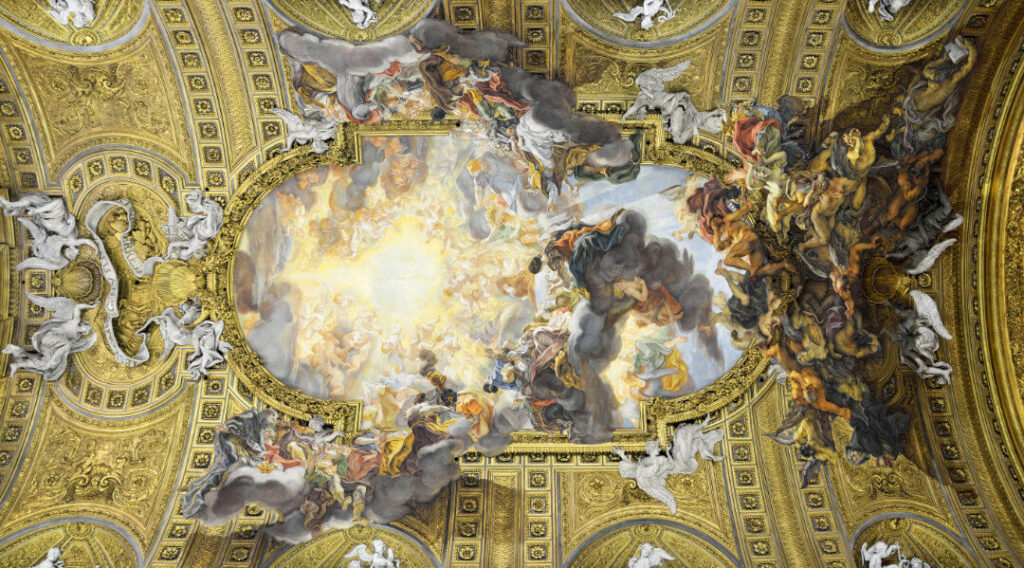
To the aspiring artist works such as the Sistine Chapel, The Ecstasy of St. Theresa, or The Triumph of the Name of Jesus enthrall and astound. They stand as resplendent pillars to the Catholic establishment, but more so they represent the artist’s ability to achieve complete mastery.
Bernini’s sculptures, for example, quiver and sweat. The torsos of his figures twist and arch themselves in spasms of intense sensation and for a brief moment we forget we’re looking at marble. Whereas Gaulli, on the other hand, paints his figures in such a way that their mortal flesh is replaced with the statuesque smoothness of immortality.
So how do you create sculptures that seemingly break away from their plinths and fly away into space? Or paint figures that make even those of Raphael’s look lifeless?
Answer: You can’t.
At least not without rigorous study and understanding of the world around you, which brings us to some of the essential books to be found in every artists library:
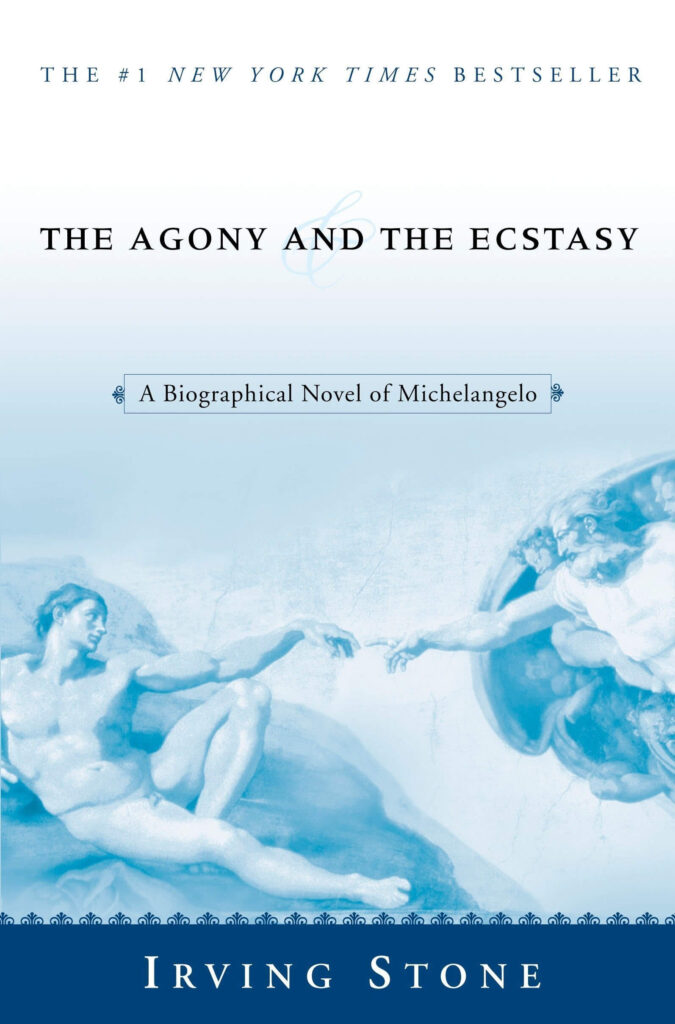
The Agony & The Ecstasy
This biographical cyclorama of Michelangelo’s life serves not as a reference book, but as a reminder that even the divine are still human at heart. Written with the aid of some 495 letters written by Michelangelo and translated into English, the book chronicles the successes, failures, and challenged faced by one of history’s most recognized and revered artists.
Eyewitness Book Series
Don’t let the fact that these are intended for children and young adults fool you. Any one of these books are invaluable reference manuals. Originally published in 1988 by Dorling Kindersley (DK), they feature crisp illustrations and easily digestible text on a wide variety of topics including astronomy, rocks, dance, fish, mummies, and more.
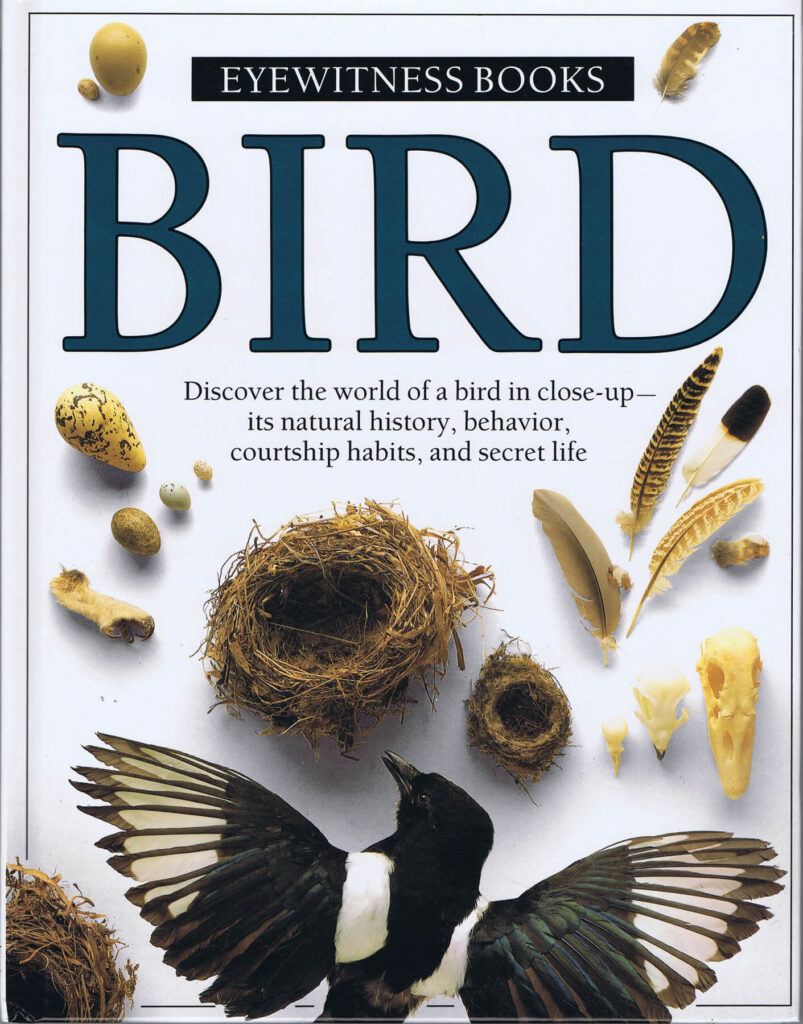

The Calligrapher’s Bible
An often overlooked form of art, calligraphy flourished for centuries before its downfall at the hands of the printing press in 1440. These days it’s a craft resigned to the esoteric corner of man’s creative endeavors. But despite its decline it remains one of the most complex graphic art styles, requiring the manipulation of a flat edge tool in order to pen letters in a variety of styles. Deceitfully difficult, it is an activity useful for those “artist block” moments, where simply copying a script can refresh a weary mind.
What Life Was Like
From the Middle ages to the Romanovs, these books offer a detailed look at key points in history. Not only that, they present excellent imagery (through photographs and paintings) depicting the times to which they refer. They remain handy references for any artist looking to do period pieces or historical fiction work.
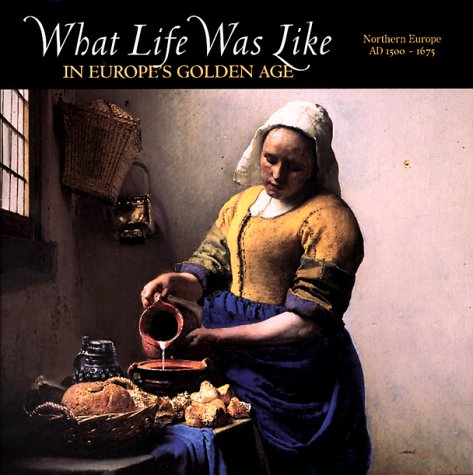
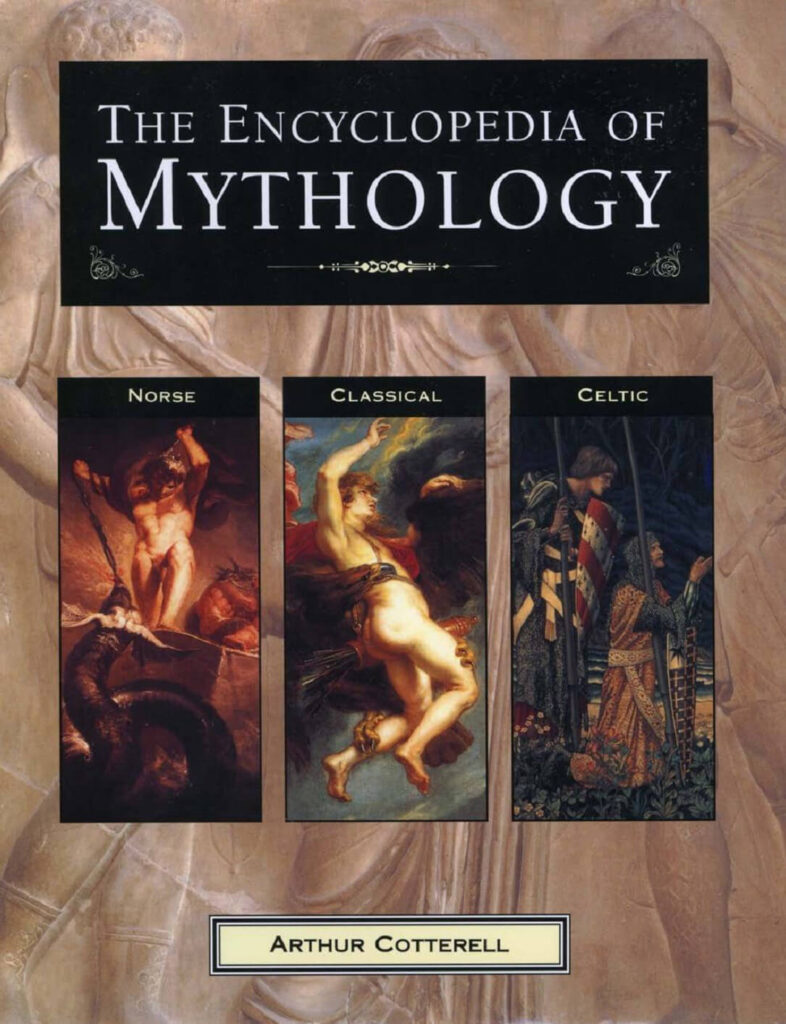
The Ultimate Encyclopedia of Mythology
Myths and legends have seeded artists’ imaginations for centuries. This encyclopedia is an A-Z guide to hundreds of the world’s most famous – and obscure – stories, summarized in bite size chunks that maintain the same panache of the original tales. Heroic quests, Celtic romance, and rings of power are but a few of the adventures that await within these pages.
Conclusion
Art is first and foremost created in the mind. Knowledge, therefore, is paramount to the artists imagination. Feeding one’s desire to learn creates limitless possibilities for what can pass through hands and fingers into reality!
© 2025 Visaic. All Rights Reserved.
